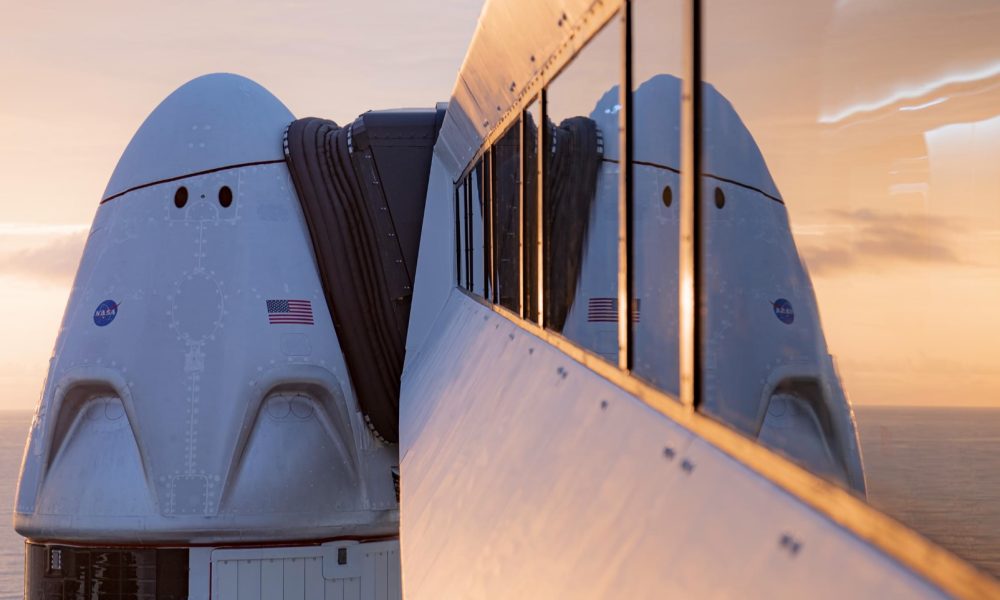
NASA and SpaceX are set to launch the Crew-11 mission to the International Space Station (ISS) on July 31, 2025. The mission will lift off from Launch Complex 39A at Kennedy Space Center in Florida, utilizing the Crew Dragon Endeavour spacecraft along with a Falcon 9 booster. This mission marks a significant step in continuous human spaceflight efforts to the ISS.
Crew Dragon Endeavour has established itself as SpaceX’s most experienced crew vehicle, with Crew-11 being its sixth flight. According to Sarah Walker, SpaceX’s director of Dragon mission management, Endeavour has already transported 18 astronauts from eight countries since its inaugural mission in 2020, which was pivotal in restoring human spaceflight capabilities in the United States after the Space Shuttle program ended in July 2011. Walker highlighted the spacecraft’s legacy: “This Dragon spacecraft has successfully flown 18 crew members representing eight countries to space already, starting with NASA astronauts Bob Behnken and Doug Hurley in 2020.”
Upgraded Safety Features and Launch Details
For the upcoming Crew-11 mission, Endeavour will debut SpaceX’s upgraded drogue 3.1 parachutes. These enhancements are designed to improve reentry safety and represent part of SpaceX’s commitment to ongoing improvements in its human-rated spacecraft. Crew-11 will be the first operational test of these new parachutes.
The Falcon 9 booster designated for this launch is core B1094. This booster has previously been used in two Starlink missions and supported the private Ax-4 mission on June 25, 2025. This reuse of components underscores SpaceX’s focus on cost efficiency and sustainability in space travel.
The Crew-11 team includes NASA astronauts Zena Cardman and Mike Fincke, along with Kimiya Yui from Japan and Oleg Platonov from Russia, highlighting the international cooperation involved in space exploration.
Coordinated Efforts for ISS Operations
The timing of Crew-11’s launch is critical, as it coincides with NASA’s management of multiple missions at the ISS, including the departure of Crew-10 and the arrival of SpaceX’s CRS-33 resupply mission. Bill Spetch of NASA emphasized the importance of careful planning and resource management, stating, “Providing multiple methods for us to maintain the station altitude is critically important as we continue to operate and get the most use out of our limited launch resources.”
As Crew-11 prepares to launch, the coordination of these missions will be crucial for maintaining the ISS’s altitude and ensuring a consistent resupply cadence. Spetch expressed optimism about the upcoming missions, noting the importance of demonstrating the capability to manage the station effectively during this busy period.
With the Crew-11 mission on the horizon, both NASA and SpaceX are poised to continue their legacy of innovation and international collaboration in human spaceflight, further enhancing the capabilities of the ISS and paving the way for future explorations.





